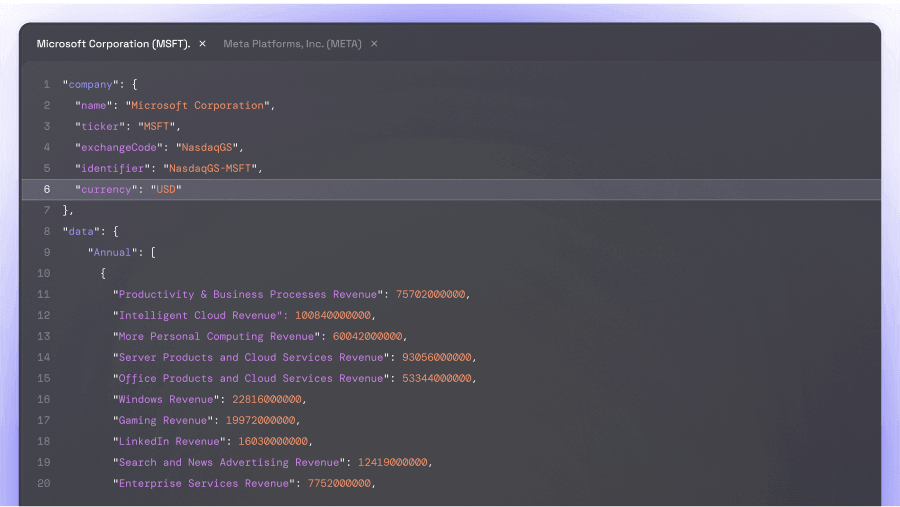What values and corporate philosophy does USData represent?
USData Corp represents a set of core values and corporate philosophy. With a focus on excellence and innovation, the company strives to provide cutting-edge solutions in the data industry. USData Corp values integrity, transparency, and a strong commitment to customer satisfaction. By delivering reliable and efficient data services, the company aims to empower businesses and drive their growth. With a customer-centric approach, USData Corp continuously adapts to ever-changing market dynamics and technological advancements. With a trusted name in the industry, USData Corp stands as a reliable partner for businesses seeking reliable data solutions.



